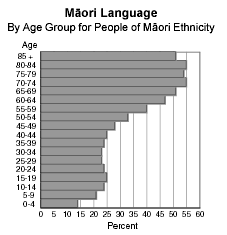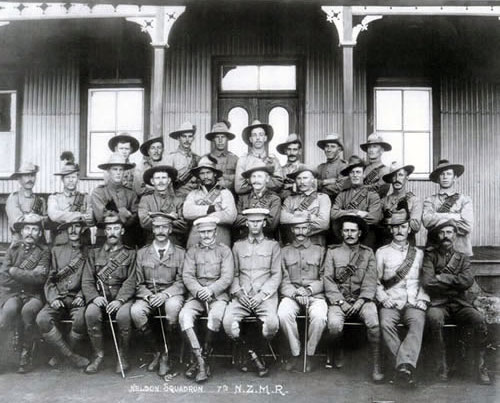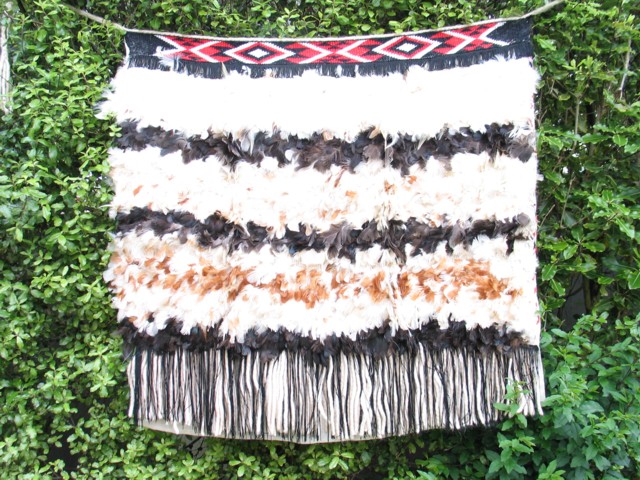 1 in 4 (130,482) people of Māori ethnicity speak the Māori language.
1 in 4 (130,482) people of Māori ethnicity speak the Māori language. - Nearly one half of Māori language speakers were aged under 25 years.
- 1 in 4 people of Māori ethnicity speak more than one language.
- Over 1 in 3 people of Māori ethnicity in the Gisborne region speak the Māori language, with just under 1 in 3 in Bay of Plenty and Northland.
- 98 percent of people of Māori ethnicity who stated a religious affiliation were Christian.
The main Christian denominations were:




















